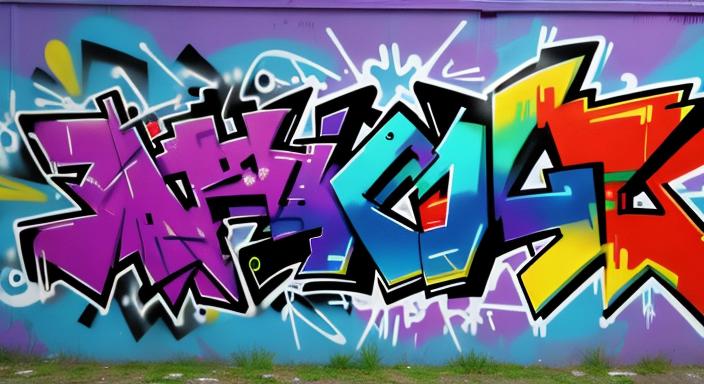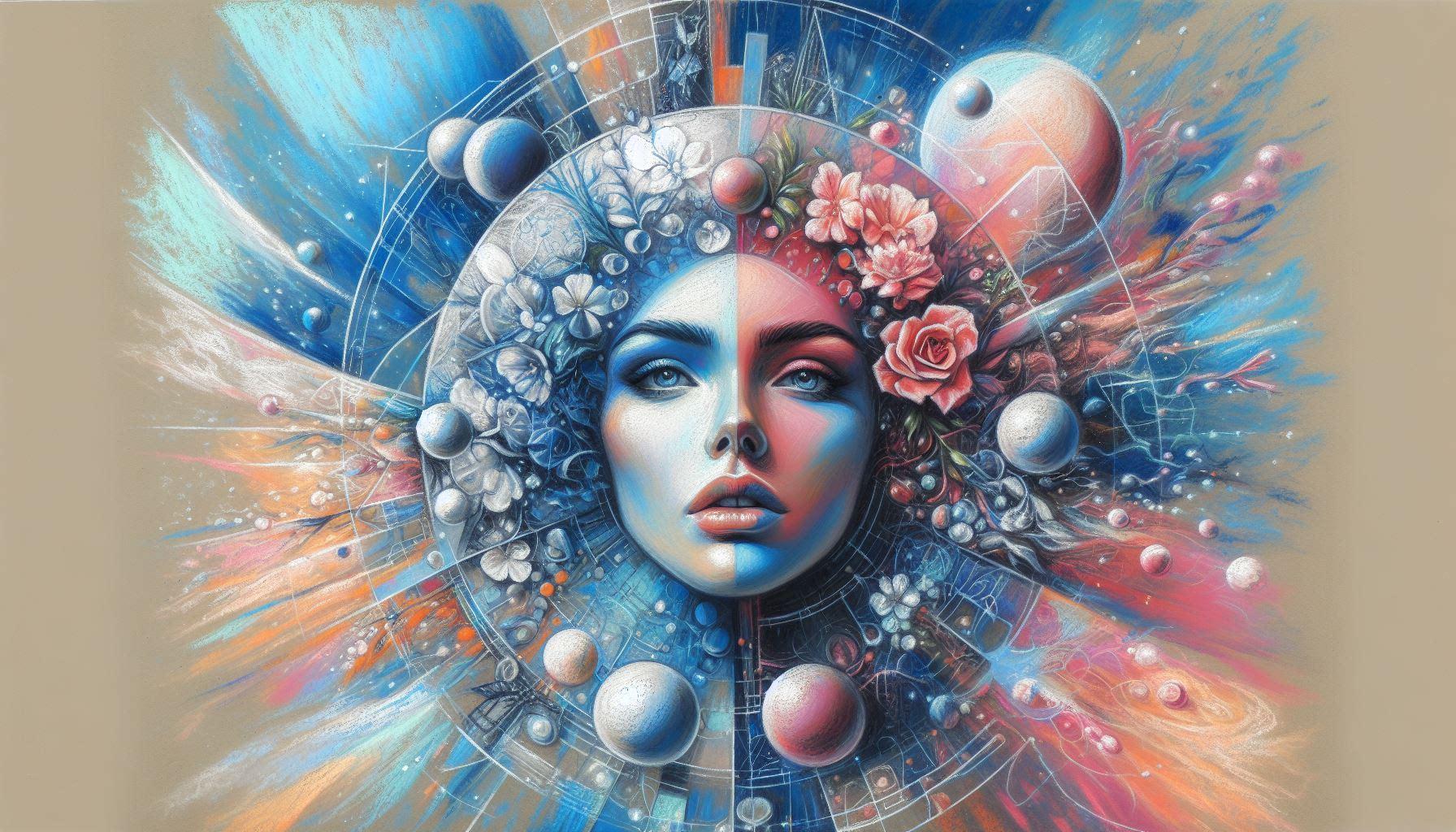Have you ever felt the urge to pick up a brush and let your creativity flow onto a canvas? If so, you’re not alone. Painting is a deeply fulfilling form of self-expression that allows artists of all levels to tap into their emotions and create something truly unique. However, with so many different painting mediums available, it can be overwhelming to know where to start.
That’s why we’ve created this comprehensive guide to exploring painting mediums. Whether you’re a complete beginner or a seasoned artist looking to expand your horizons, you’ll find valuable insights, expert tips, and relatable examples to help you on your artistic journey.
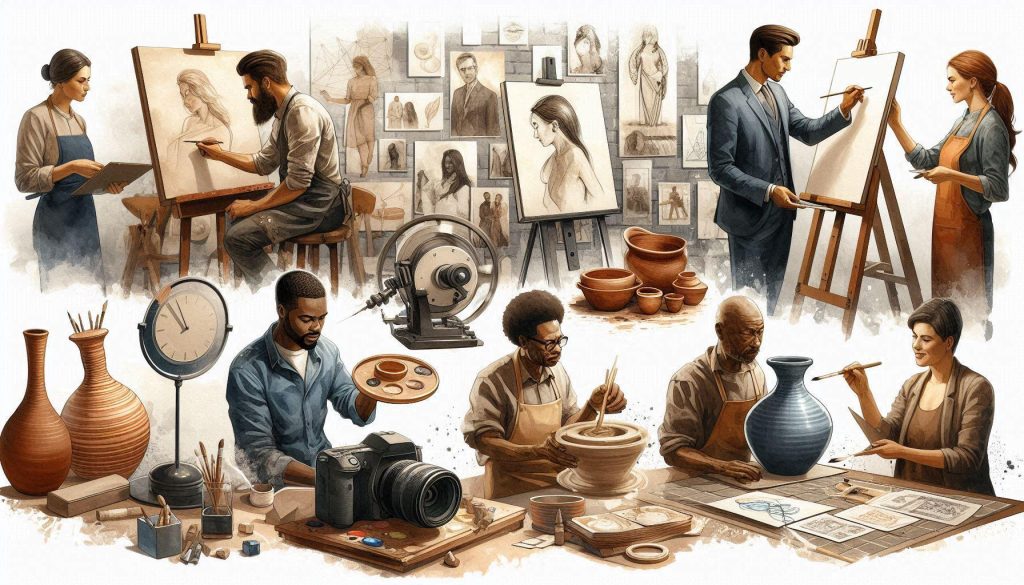
But before we dive in, let’s address some common questions and concerns that many aspiring painters have:
- “I’m not sure which medium to start with. What’s the easiest for beginners?”
- “I’m worried about the cost of supplies. Is there an affordable option?”
- “I’ve tried painting before, but I struggled with techniques. How can I improve?”
Don’t worry, we’ve got you covered! Throughout this guide, we’ll break down the pros and cons of various painting mediums, share cost-effective supply recommendations, and provide expert advice on mastering essential techniques.
Introduction to Artistic Mediums – a Summary
| Medium | Characteristics | Techniques | Color Mixing | Unique Quality |
|---|---|---|---|---|
| Acrylics | Fast-drying, versatile | Glazing, Impasto, Mixed Media | Primary colors, clean brushes, mediums | Mimics oil and watercolor |
| Watercolors | Transparent, fluid | Wet on Wet, Wet on Dry, Dry Brush | Purity of pigment, limited palette, test swatches | Preserving the white of the paper |
| Oils | Rich texture, slow drying | Fat over Lean, Layering | Color wheel knowledge, mediums and solvents | Dialogue with history |
| Pastels | Direct pigment application | Layering, Blending, Sgraffito | Complementary and analogous colors, value and intensity | Immediate and intimate |
In more detail …
Acrylics – The Modern Chameleon
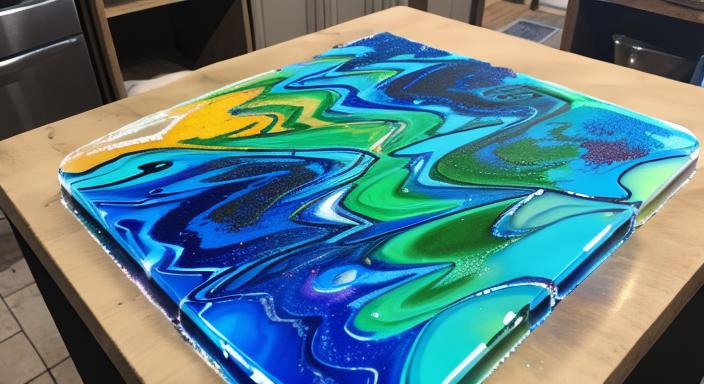
Acrylic paints are the modern chameleon of the art world, capable of mimicking the properties of both oil and watercolor paints while offering unique advantages of their own. Their invention in the mid-20th century marked a significant innovation in artistic mediums, providing artists with a fast-drying, versatile option that has since become a staple in art supplies worldwide.
Acrylics dance on the canvas, quick and vibrant.
They mimic the sun’s rays, illuminating our imagination.
The History of Acrylics
Acrylics were first developed in the 1930s and became commercially available in the 1950s. Unlike the centuries-old traditions of oil and watercolor painting, acrylics brought a contemporary edge to the artist’s palette. They were quickly adopted by artists who were looking for a medium that could keep up with the rapid pace of their creative processes.
Techniques and Textures
One of the most appealing aspects of acrylics is their ability to be used in a variety of techniques:
- Thin Glazes: By diluting acrylic paints with water or a glazing medium, artists can apply sheer layers that build up color and depth without obscuring underlying details.
- Impasto: Acrylics can be applied thickly to create texture on the canvas, a technique known as impasto. This can add a dynamic, three-dimensional aspect to paintings.
- Mixed Media: The quick-drying nature of acrylics makes them ideal for mixed media works, allowing for the incorporation of different materials and techniques without long waiting times.
Color Mixing
Mixing colors with acrylics can be a delightful exploration. Here are some tips for achieving vibrant results:
- Primary Colors: Start with good quality primary colors (red, yellow, and blue) and a white. Mixing these will give you a wide range of hues.
- Keep It Clean: Use separate brushes when mixing colors to avoid muddying.
- Mediums: Experiment with different mediums to alter the transparency and consistency of your paints.
Preserving Your Palette
Acrylics dry quickly, which can be both an advantage and a challenge. To keep your palette workable for longer:
- Stay Wet: Use a spray bottle to mist your paints regularly.
- Seal It Up: Airtight containers or ‘stay-wet’ palettes can help extend the life of your mixed colors.
Watercolors – The Delicate Dance of Transparency

Watercolors, the whispering breezes of the art world, offer a unique challenge and charm with their delicate dance of transparency. They beckon artists to engage in a play of light and fluidity, creating layers of luminosity that can only be achieved through this ethereal medium.
Watercolors whisper secrets—transparent, delicate.
They flow like memories, leaving traces of dreams on paper.
Understanding Watercolors
At the heart of watercolor painting is the balance between water and pigment. The transparency of watercolors is not just a characteristic but a tool that, when wielded with skill, can produce effects ranging from a gentle wash of color to bold, vivid strokes.
Layering and Blending
The technique of layering, or ‘glazing,’ allows for a depth of color and complexity in your artwork:
- Wet on Wet: Apply wet paint onto a wet surface to achieve soft, diffused edges and seamless color transitions.
- Wet on Dry: For more control and sharper edges, paint onto a dry surface.
- Dry Brush: Use a dry brush with minimal water to create textured, grainy effects.
Mixing Magic
Color mixing with watercolors is an art in itself. Here are some tips to maintain vibrancy:
- Purity of Pigment: Use the pigments in their purest form for the brightest colors.
- Limited Palette: Limit your palette to a few colors to avoid muddy mixtures.
- Test Swatches: Always test your color mixes on a separate piece of paper to ensure they meet your expectations.
Preserving the Whites
One of the unique challenges of watercolor painting is preserving the white of the paper:
- Masking Fluid: Apply masking fluid to areas you want to keep white before painting.
- Planning Ahead: Think about the composition and where the whites will be to work around them.
Oils – The Timeless Dimension
Oil painting is a practice steeped in tradition, offering a richness and depth that has captivated artists and viewers alike for centuries. The medium’s versatility allows for a range of expressions, from the most delicate of glazes to the boldest of impastos.
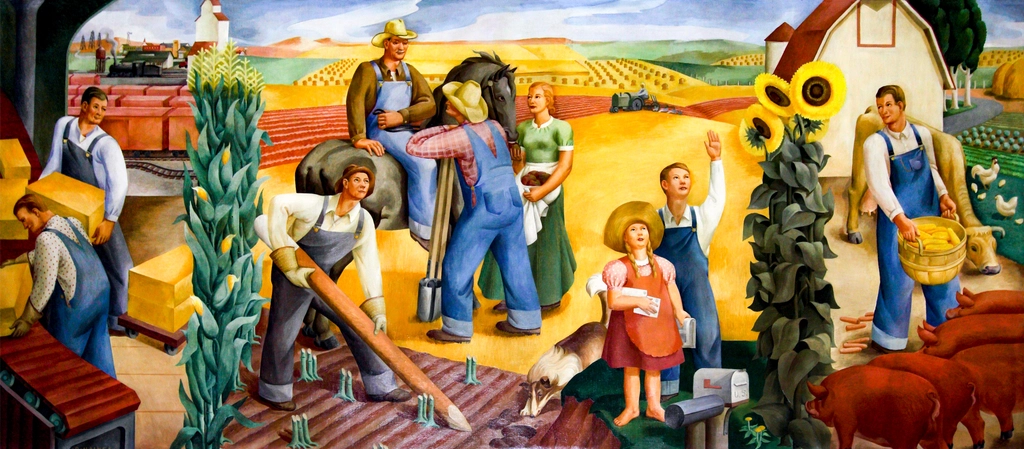
Oils are the storytellers of centuries. Their layers hold echoes of ancient tales, waiting for our brushstrokes to continue the narrative.
The Legacy of Oils
The legacy of oil paints is as rich as their texture. Used by the old masters and revered for their luminosity and longevity, oils have a special place in the history of art. They allow for intricate blending and layering, which can create effects that are both subtle and profound.
Working with Oils
Working with oils is a meditative process that requires patience and respect for the medium’s unique properties:
- Fat Over Lean: This fundamental principle ensures the stability of your painting by applying thicker, oilier layers over thinner, less oily ones.
- Slow Drying Time: The extended drying time of oils is a double-edged sword; it allows for extended manipulation but requires careful planning and patience.
Palette Perfection
Achieving the perfect palette with oils is an art in itself:
- Color Mixing: Understanding the color wheel and the relationships between colors is crucial for creating a harmonious palette.
- Mediums and Solvents: Using mediums and solvents can alter the consistency and drying time of the paint, offering a range of possibilities for texture and finish.
Pastels – The Purest Pigments
Pastels stand out in the art world for their direct application of pure pigment, offering a tactile experience that is both immediate and intimate. With pastels, artists can achieve a range of effects, from soft, subtle blends to vibrant, intense colors that pop off the page.
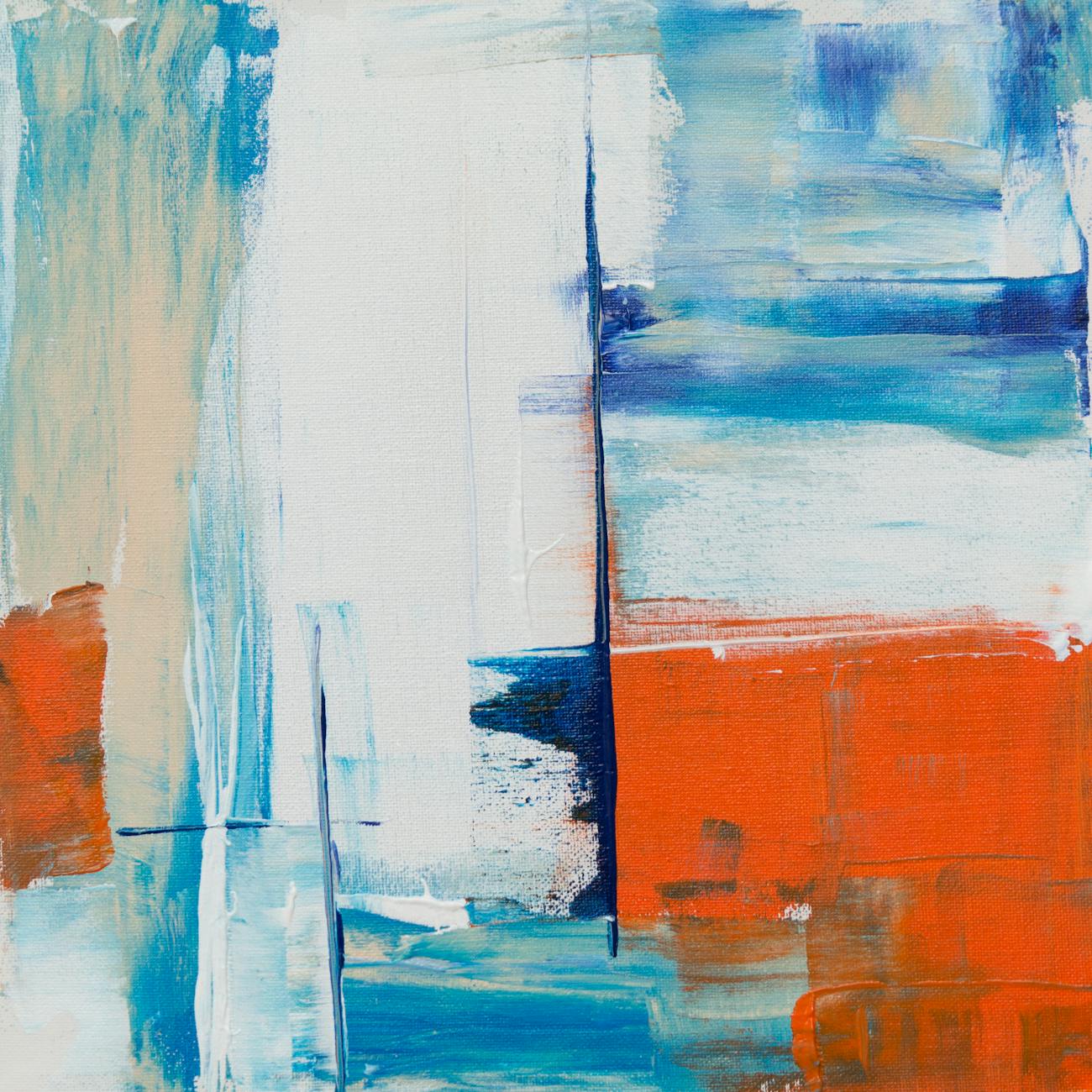
Pastels are pure poetry—soft, immediate, unfiltered.
They let us breathe color into existence with every stroke.
Pastel Basics
Pastels come in various forms, including soft, hard, and oil pastels, each with its own set of characteristics:
- Soft Pastels: Known for their rich, buttery texture and intense colors, soft pastels are perfect for blending and layering.
- Hard Pastels: These are firmer and offer greater control for detailed work.
- Oil Pastels: With a creamy consistency, oil pastels are less powdery and can be used for techniques similar to those of oil paints.
Technique Spotlight
The joy of pastels lies in their versatility. Here are some techniques to explore:
- Layering: Build up colors gradually to create depth and complexity in your artwork.
- Blending: Use your fingers, blending stumps, or a cloth to blend colors seamlessly.
- Sgraffito: Scratch into the top layer of pastel to reveal underlying colors, adding texture and detail to your work.
Color Harmony
Creating vibrant pastel pieces is all about understanding color harmony:
- Complementary Colors: Use colors opposite each other on the color wheel to create dynamic contrasts.
- Analogous Colors: Colors next to each other on the color wheel can be used for harmonious blends.
- Value and Intensity: Play with the lightness, darkness, and saturation of colors to bring life to your pastels.
Embracing the Spectrum
The journey through the world of art mediums is akin to a voyage across a vast ocean of creativity. Each medium, with its unique properties and techniques, represents an island of potential waiting to be explored. Acrylics, watercolors, oils, and pastels are not just tools; they are gateways to different realms of artistic expression.
Artists are the navigators of this creative sea, charting their course with brushes, palettes, and vision. The versatility of mediums is a treasure trove that empowers artists to translate the intangible whispers of inspiration into tangible masterpieces. Whether it’s the quick-drying agility of acrylics, the luminous subtlety of watercolors, the rich depth of oils, or the direct vibrancy of pastels, each medium offers a unique path to self-expression.
In embracing the spectrum of mediums, artists find freedom. The freedom to experiment, to make mistakes, to learn, and to grow. It’s in the alchemy of mixing pigments, the dance of light on canvas, and the boldness of color on paper that art truly comes alive. The versatility of these mediums is not just about the ability to create different effects; it’s about the endless possibilities they unlock for storytelling, emotion, and connection.
As you stand before your canvas or paper, remember that you are part of a continuum of artists who have pushed the boundaries of what’s possible. With each stroke, you join a conversation that spans generations and geographies—a conversation about what it means to be human and to create.
So, pick up your brush, your pastel stick, your palette knife. Dip into the colors that call to you and let your hands move as they will. There is no right or wrong here, only the pure joy of creation. And in that joy, you’ll find that the true versatility of mediums lies not just in their physical properties, but in their ability to open doors to new worlds—worlds that are as vast and varied as the imagination itself.

